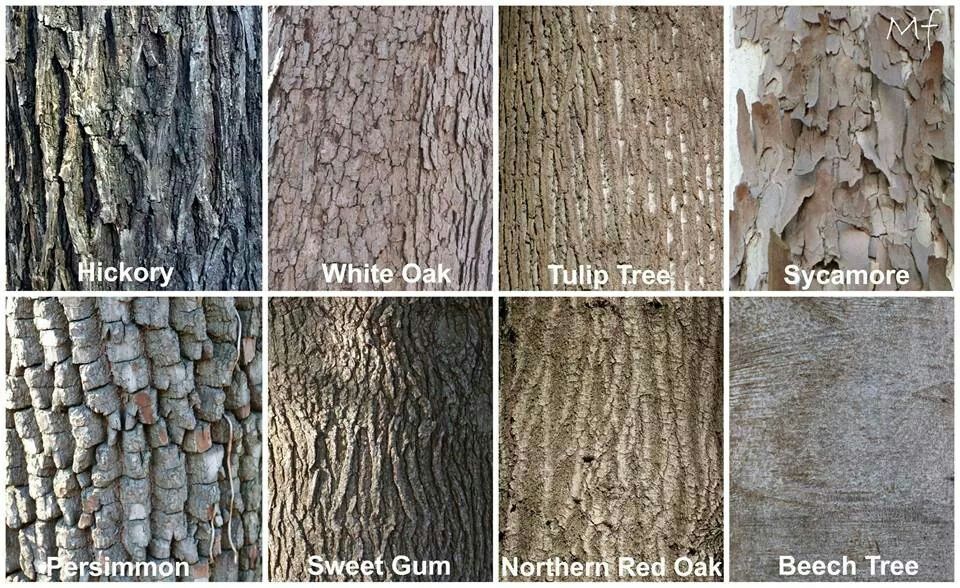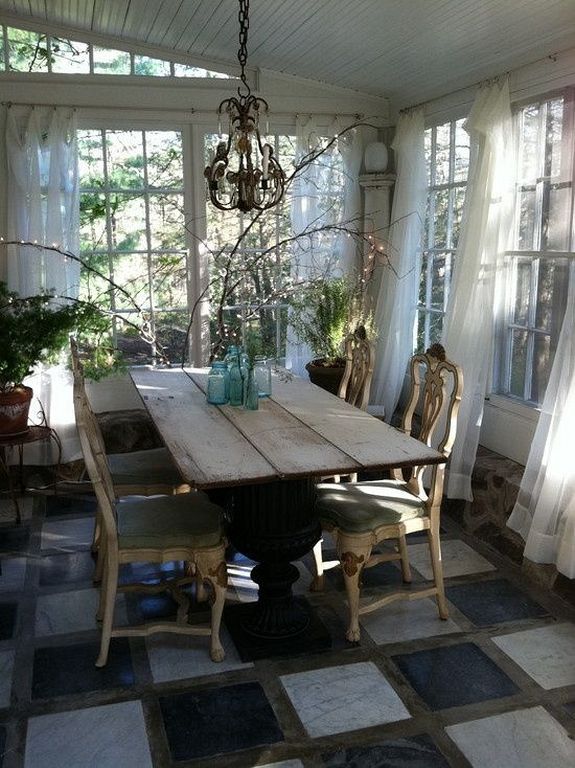Types of tree barks
Bark! A Great Way to Identify Trees in the Winter
Winter is the perfect time to get up close and notice and appreciate the variations of tree bark. Bark is an important clue in identifying trees, especially in winter when the bark stands out against the white snow. Some kinds of bark actually sparkle in the winter sunlight like both white and yellow birch.
Michael Wojtech’s book Bark, A Field Guide to Trees of the Northeast is a huge help. He has cleverly categorized tree bark into seven types, which simplifies recognizing and remembering all the different kinds of bark. Detailed features provide understanding on how different kinds of bark grow and age.
Wojtech lists five steps to Identifying trees by bark using his identification keys. The first is to “Read the introductory chapters to the book.” He provides a fascinating explanation of how and why tree species evolved unique bark with different characteristics like texture, color, thickness. Step two is to “Use the Primary Identification Key (inside the covers) to determine bark type”. The next two steps are instructions for using the keys, and the last one is to have fun!
Below are Michael Wojtech’s seven types of bark listed in his ‘Primary Key’, accompanied by winter photo examples of native trees found around my yard. The complication is that as each kind of tree matures, it passes through different categories: young, mature, and old. The changes from young to old are hardly noticeable on some species, and on others it is hard to believe that the pictures are of the same species! Some older trees exhibit all three growth stages from the old bark at the base of the tree to the younger bark on the branches at the top. The seven bark types vary from easy to inscrutable.
- Peeling horizontally in curly strips - Yellow Birch
- Lenticels visible – black birch and big tooth aspen
- Smooth unbroken – beech and red maple
- Vertical cracks or seams in smooth bark scarlet oak and shagbark hickory
- Broken in to vertical strips – intersect, pignut hickory
- Broken into scales or plates- scales – black cherry
- With ridges and furrows – ridges broken into large scales –pitch pine and northern red oak
The following simple example shows how it works using common NH trees:
(1) Peeling horizontally in curly strips - yellow birch
(2) Lenticels visible – black birch
(2) Lenticels visible – big tooth aspen
(3) Smooth unbroken – young red maple
(3) Smooth unbroken – beech
(4) Vertical cracks or seams in otherwise smooth bark - scarlet oak
(4) Vertical cracks or seams in otherwise smooth bark - young shagbark hickory
(5) Broken in to vertical strips – mature shagbark hickory
(5) Broken in to vertical strips – intersect - pignut hickory
(6) Broken into scales or plates – black cherry
(7) With ridges and furrows – northern red oak
(7) With ridges and furrows – ridges broken into large scales – pitch pine
For those of you ready to start, find a natural setting rather than a planted landscape where non-native trees might make it more difficult. You will probably find some of the same trees in these photos. Next, stop by your local library and checkout Bark, A Field Guide to Trees of the Northeast, by Michael Wojtech and add to your tree identification skills. Once you get practice, you’ll find that bark is a great tool for tree identification, and don’t forget to have fun!
You will probably find some of the same trees in these photos. Next, stop by your local library and checkout Bark, A Field Guide to Trees of the Northeast, by Michael Wojtech and add to your tree identification skills. Once you get practice, you’ll find that bark is a great tool for tree identification, and don’t forget to have fun!
About the Author Anne Krantz admits, “I literally stumbled into the fascinating the Natural Resources Stewards Program and followed that with the comprehensive Master Gardener training.” Participating in a special training in 2009, Anne became part of the first team of volunteers to answer homeowner questions at the Education Center, an activity she continues to love. “Because of these excellent education opportunities I now serve on my conservation commission, the NH Pesticide Board and the Rivers Management Advisory Council," she says. "I have also enjoyed UNH Extension's Big Tree program; I just found a flowering native chestnut tree this morning!”
Tree Bark Identification - The Good and the Beautiful
An easy way to identify different types of trees is by looking at tree bark! To identify a tree, look at the color and surface texture of its bark.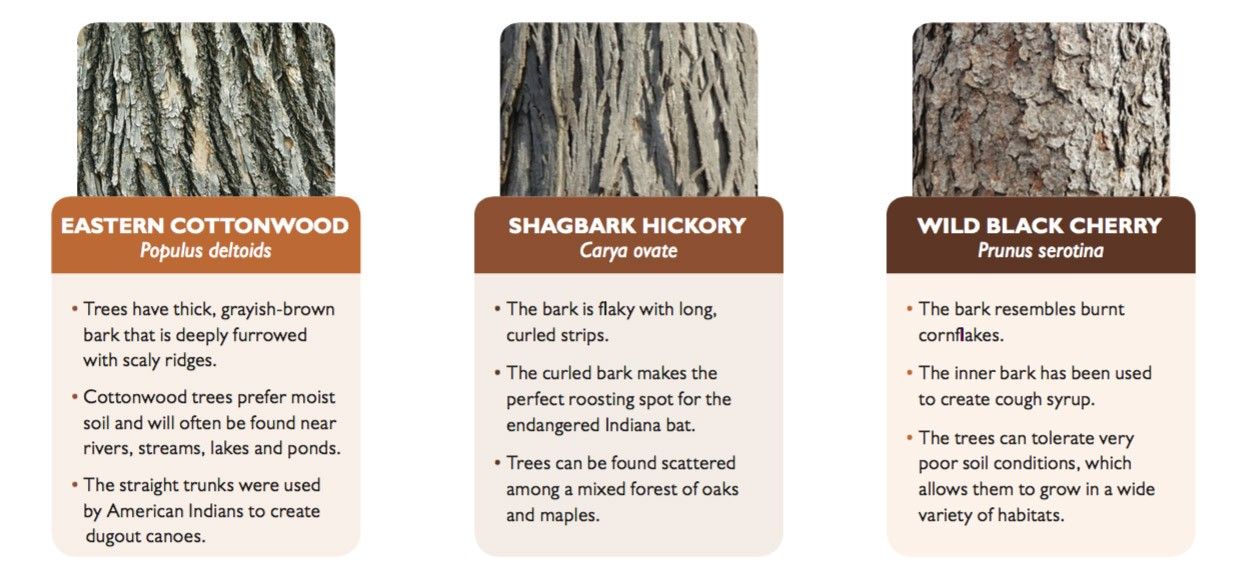 Learn about the various species of bark below and how to do a tree bark rubbing.
Learn about the various species of bark below and how to do a tree bark rubbing.
Download our free (and beautiful) tree bark poster and matching game for kids!
Click here for free download!
How to Identify Trees by Their Bark- Beech bark is light gray with a smooth surface.
- Cherry trees are shiny and brown or gray colored with reddish-brown deep grooves that resemble tiger stripes.
- Aspen bark is a green-white (a result of the chlorophyll) and also has dark, diamond-shaped openings.
- Silver birch bark is shiny with a white, paperlike outer layer that easily peels off the trunk.
- Hickory trees are gray and flaky with ridges in their texture.
- Scotch pine bark is generally noted as thick and grayish or reddish around the base of the tree, gradually becoming more orange and flaky toward the top.
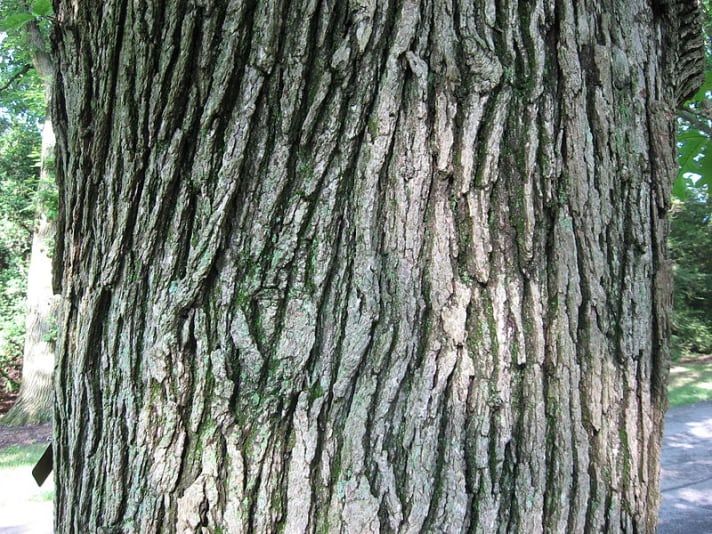
- Ash bark is smooth and pale gray in saplings, with mature trees having diamond shapes.
- Oak bark can be a light gray to a near-black color. It has deep fissures and ridges, giving it a scaly look.
- Sycamore bark is thin and flaky. It looks camouflaged because of its mottled appearance.
- Sequoia bark varies based on the tree’s age. It begins as a gray (even purplish) color and then becomes a reddish-brown color as the tree ages.The bark is soft and has long, vertical plates.
Bark rubbing is a fun and simple activity that reveals the textures and patterns of a tree’s surface. As your child completes this activity, they will see the detailed characteristics of the tree’s bark, such as grooves and ridges.
It’s fun to connect with nature while experiencing a new art technique!
Supplies
- Crayons with the paper peeled off (jumbo sized works best for small hands)
- Copy paper
- Pushpins or tape (optional)
Procedure
- Hold a piece of paper (or pin/tape) against the bark of a tree.
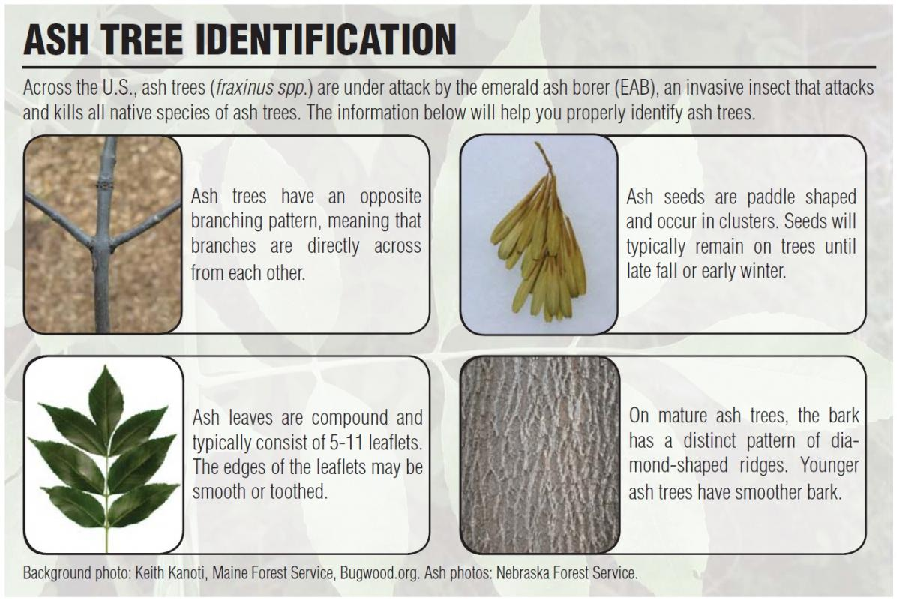
- Use the side (not the tip) of the crayon to rub over the paper.
- Repeat this process with different parts of the same tree trunk or more than one tree.
Discuss and reflect
- What stands out to you, or what do you notice in your tree rubbings?
- How are the barks the same or different?
- Looking at your tree rubbings. Does the bark appear smooth or rough?
- Did you get different patterns and textures from the same tree, or did the pattern remain the same?
Don’t forget to download our tree bark poster and fun matching game—perfect to take with you as you explore the many amazing trees in our world!
Click here for free download!
You may also like…..
How to Draw a Frog
Previous PostCentral America Maps
Next PostTree bark: structure, diseases, therapy
The tree is considered a source of strength. It is enough to hug him and stand a little, closing his eyes. But no tree will grow if its trunk is left unprotected. What is the bark of a tree called? It is rightly called the skin of a plant, which is a protective cover of the trunk. The bark of a tree occupies about a quarter of its total volume. It depends on the breed, age and growing conditions. The thicker the trunk, the more bark. In mature trees, its volume decreases. On the contrary, it increases if the growing conditions of the tree have deteriorated. nine0003
It is enough to hug him and stand a little, closing his eyes. But no tree will grow if its trunk is left unprotected. What is the bark of a tree called? It is rightly called the skin of a plant, which is a protective cover of the trunk. The bark of a tree occupies about a quarter of its total volume. It depends on the breed, age and growing conditions. The thicker the trunk, the more bark. In mature trees, its volume decreases. On the contrary, it increases if the growing conditions of the tree have deteriorated. nine0003
What is the protective layer of the barrel made of?
The bark of a tree is an important part of it. It protects the trunk from damage and harmful effects of the external environment, regulates the process of respiration and nutrition. Any, even the smallest, change in the surface of the bark can lead to the death of the entire tree if left untreated. The structure of the bark of a tree suggests the presence of inner and outer layers.
Amur velvet: medicinal properties and contraindications
On the banks of the great Amur grows a beautiful and amazing tree, which is called velvet.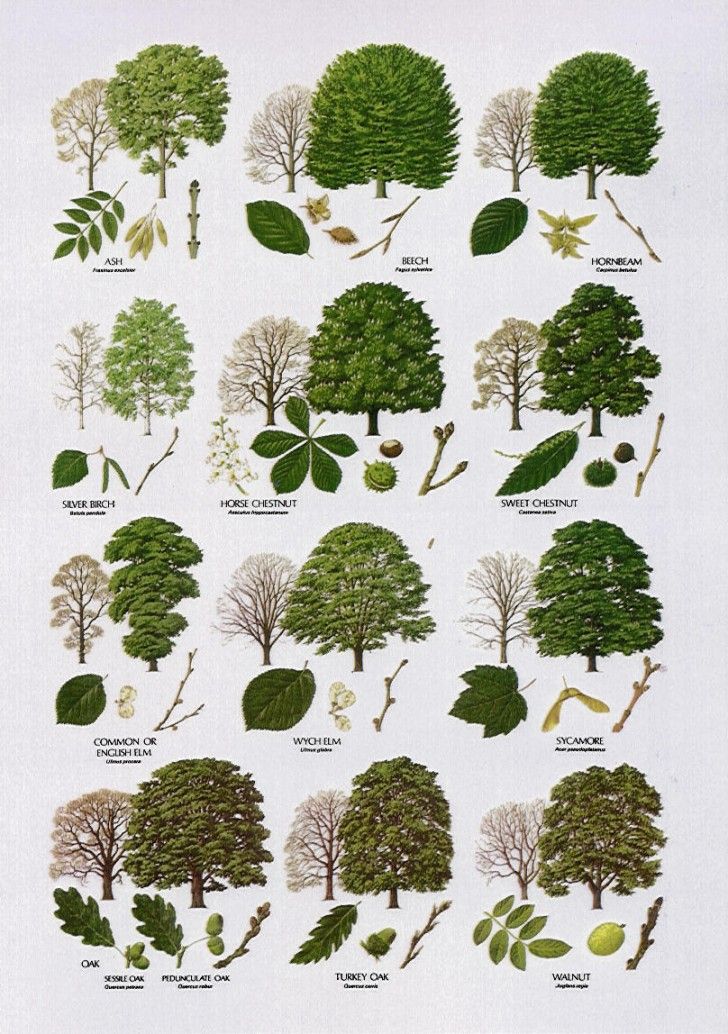 ..
..
- The inner layer is lubok. It is represented by living cells, participates in the transport of nutrients from the crown to the roots of the tree and stores its reserve supply. The bast consists of three types of cells and tissues. The most important are the sieve elements. In coniferous trees, these are cells, and in deciduous trees, they are tubes.
- Outer layer - cork. It's called a crust. The structure of the tree bark provides for a unicellular layer of living cells, which alternately divide in both directions, due to which the tree grows in thickness. The bark directly protects the trunk from environmental influences and consists of three layers. The middle layer of the tree bark contains a special substance - suberin. Thanks to him, its hydrophobicity is ensured. nine0017
Tree bark: species
The bark has protective, conductive, healing properties. And it complements the landscape of your site with texture, restrained colors and decorates it in the winter cold. Each tree is different and different: a unique pattern, a color that can be red, white, green, gray and orange, the nature of the surface. On this basis, the types of tree bark are:
Each tree is different and different: a unique pattern, a color that can be red, white, green, gray and orange, the nature of the surface. On this basis, the types of tree bark are:
- Smooth.
- Furrowed. These longitudinal and transverse stripes are especially clearly visible in oak and ash. nine0017
- Scaled tree bark species are easy to distinguish. The trunk is covered with scales that exfoliate well. A prominent representative is pine bark. Larch is covered with furrowed-scaly bark, which is formed by layering scales one on top of the other.
- Fibrous. This type of bark is characterized by exfoliation of long longitudinal strips, like in juniper.
- Warty. The bark of this species is characterized by small warts. A typical representative is the warty euonymus. nine0017
Bark diseases
Trees, like people, are susceptible to various diseases. From what do they arise? There are many reasons why trees get sick. An indicator of their state of health is the bark of a tree.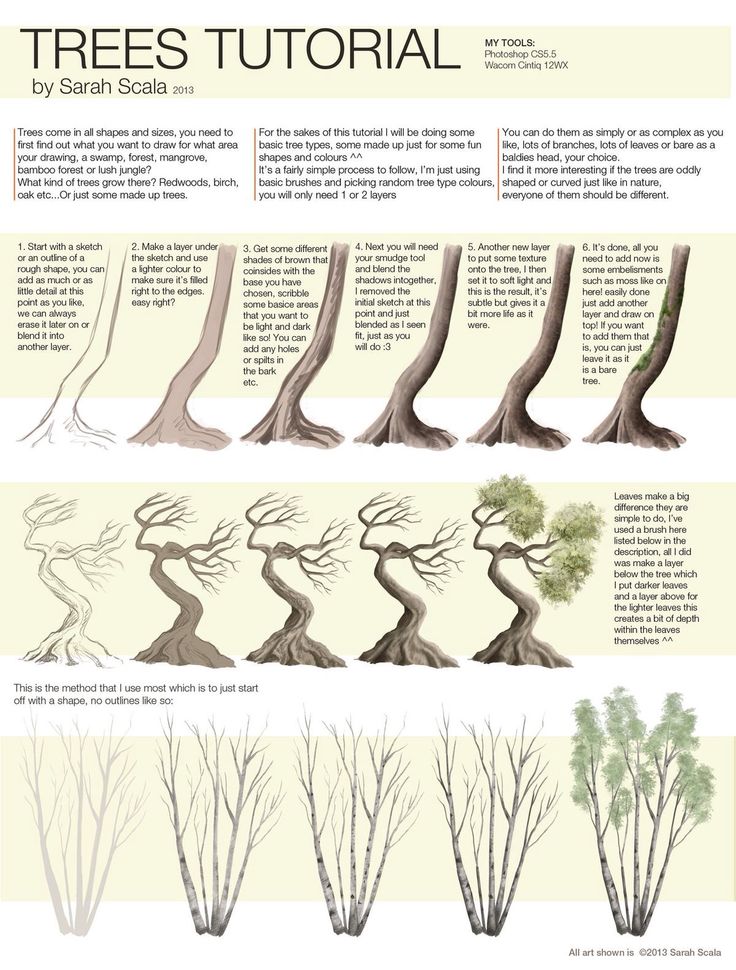 She, like human skin, is very vulnerable. But, unfortunately, she is not able to take care of herself. The bark provides this care to a person, giving him a plentiful harvest in the future or delighting him with his appearance. The protective layer of the trunk is damaged by infectious diseases, pests, animals, frost, sunlight. And sometimes it simply does not keep up with the growth of the plant and cracks, forming deep wounds. Only good care and timely treatment will not allow the tree to die. nine0003
She, like human skin, is very vulnerable. But, unfortunately, she is not able to take care of herself. The bark provides this care to a person, giving him a plentiful harvest in the future or delighting him with his appearance. The protective layer of the trunk is damaged by infectious diseases, pests, animals, frost, sunlight. And sometimes it simply does not keep up with the growth of the plant and cracks, forming deep wounds. Only good care and timely treatment will not allow the tree to die. nine0003
Aspen: healing properties and use in folk medicine
The healing properties of common aspen (or quivering poplar) were noticed by the ancient Slavs. Our...
Black crayfish
Many tree bark diseases lead to their death. One such disease is black cancer. It begins with the appearance of sinking red-brown spots on the protective layer. The bark rises, breaks and cracks. Affected by black cancer, it is covered with small black tubercles. This is a parasitic fungus.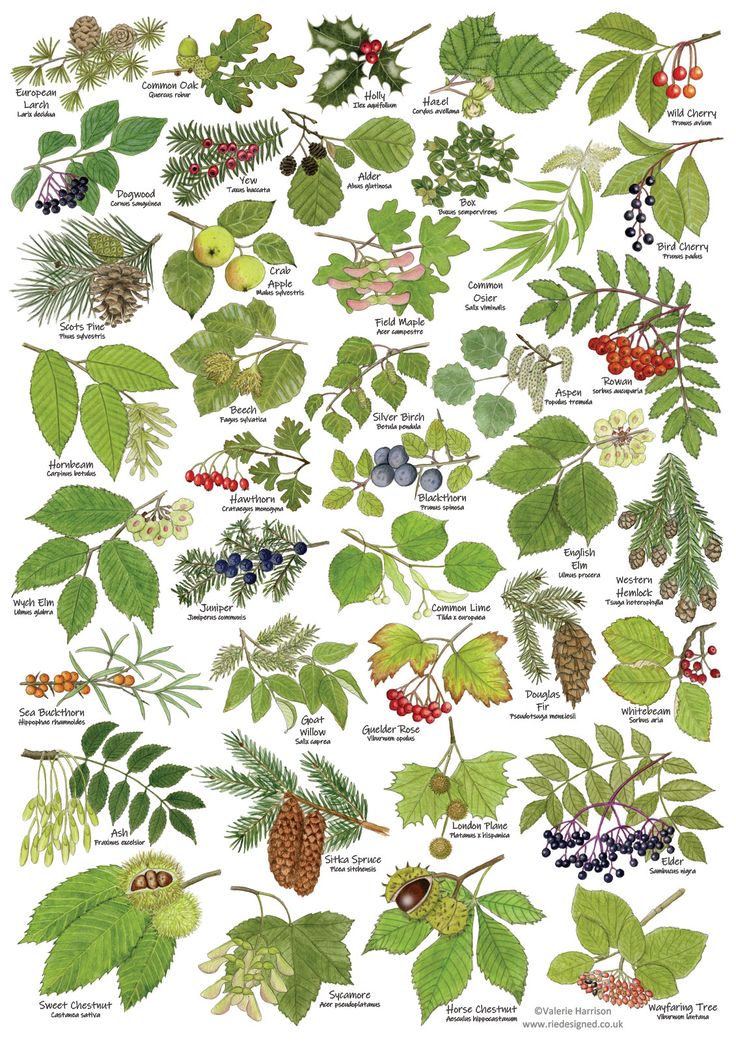 nine0003
nine0003
Often the bark falls off, forming open wounds. The disease develops gradually, affecting the trunk and branches, clasping them in a ring. Sick bark is an excellent place for the fungus to overwinter. Black cancer arises and develops due to burns, cracks and wounds. Weak development of trees accompanies the occurrence of this disease. Black cancer affects fruit trees at any age, but older plants are more vulnerable.
Cytosporosis
This disease most often affects old trees that are 20 years old or more. The infection penetrates under the bark of the trunk and branches due to wounds on it received from burns, frost, various pests and large animals. The bark of the tree is covered with a red-brown coating and becomes bumpy over time. Cytosporosis quickly spreads to healthy tissues. For one and a half to two months, the branches completely dry out. Over time, the tree will die if left untreated. nine0003
Dropsy
This tree disease is characterized by dark spots on the bark.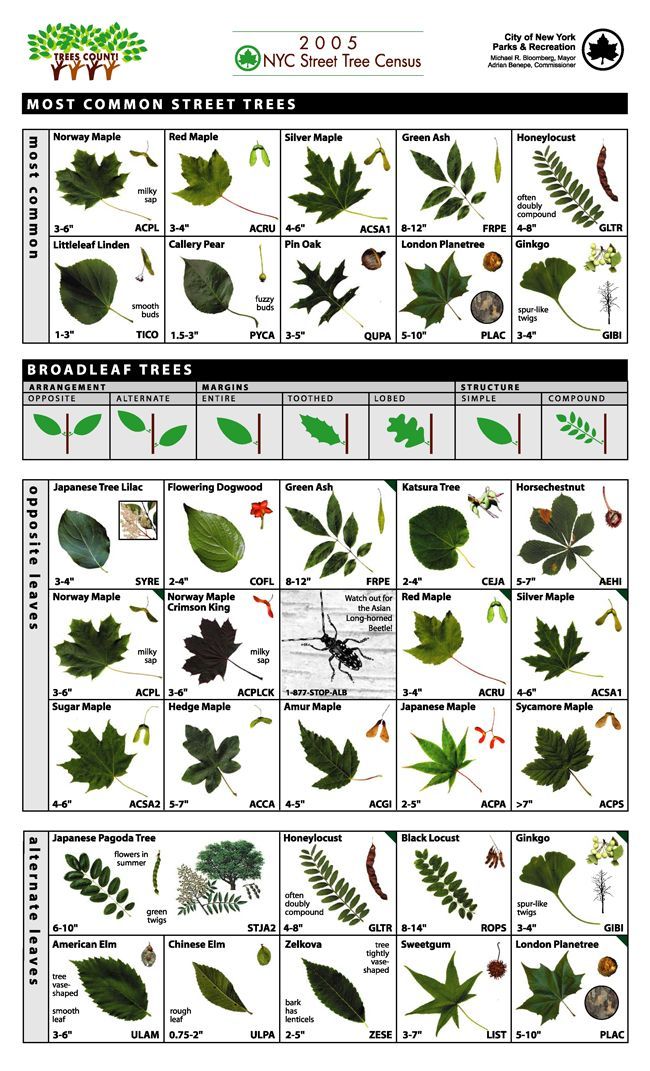 Infected areas die, and depressions appear in place of the dead layer. A brown viscous liquid with a repulsive odor flows out of them. This is the dropsy cancer. Young trees die within one year, and old ones after a few years. If the disease has covered most of the bark, the tree can no longer be saved. To prevent the infection from spreading to other plants, they should be dug up and burned.
Infected areas die, and depressions appear in place of the dead layer. A brown viscous liquid with a repulsive odor flows out of them. This is the dropsy cancer. Young trees die within one year, and old ones after a few years. If the disease has covered most of the bark, the tree can no longer be saved. To prevent the infection from spreading to other plants, they should be dug up and burned.
Infectious diseases and their treatment
How to treat tree bark from black cancer? First of all, the source of infection is eliminated. To do this, burn all the fallen leaves. In them, fungal spores live even in winter. When the annual pruning of diseased branches is carried out, the garden tool must be treated with blue vitriol so as not to cause infection.
If the bark of a tree is damaged by cytosporosis, it is necessary to remove the affected area and treat this place with copper sulphate. Then cover with var and bandage with a clean, dry cloth. nine0003
Circular layer lesion: how to treat
If the bark lesion has gone in a circle and involves the root collar, the tree may die.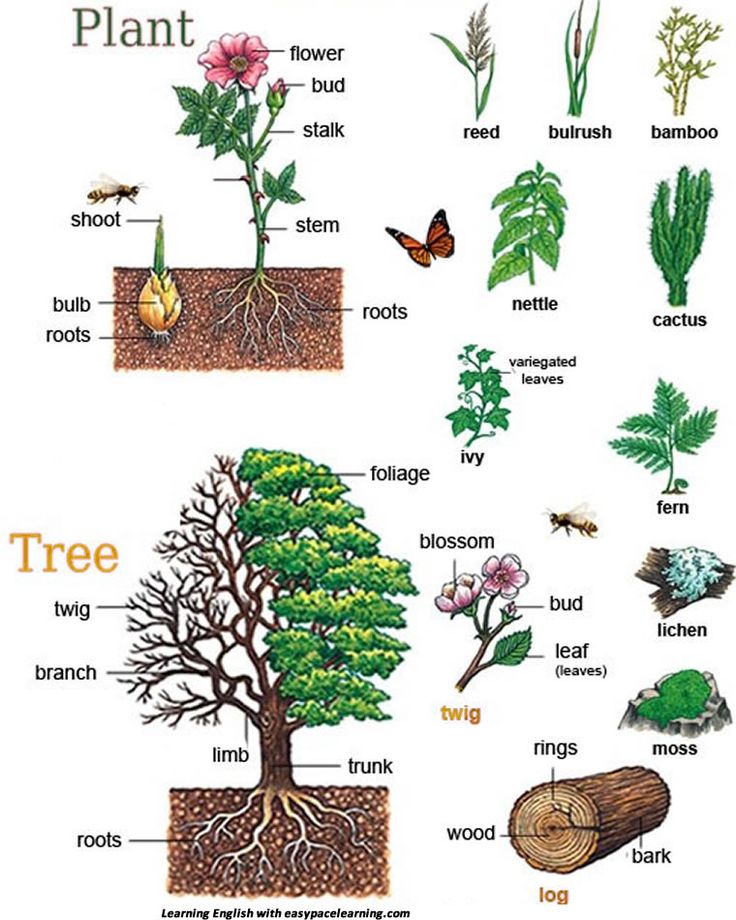 And if such a lesion is seen in the upper part of the trunk and branches, the tree has more chances for recovery. Wounds can be healed by grafting cuttings. If this does not help, you need to transplant the bark from a healthy tree. If the wounds are very small, you can wrap them with transparent polyethylene without covering them with pitch.
And if such a lesion is seen in the upper part of the trunk and branches, the tree has more chances for recovery. Wounds can be healed by grafting cuttings. If this does not help, you need to transplant the bark from a healthy tree. If the wounds are very small, you can wrap them with transparent polyethylene without covering them with pitch.
Lichens and their treatment
By the state of the bark on the trunk and branches of a tree, one can determine whether it is healthy or not. If the protective layer is covered with moss and lichen, there is a high probability of damage to the bark by fungal diseases and pests. Lichens tolerate frost and heat well. Spores of infectious diseases and larvae of various parasites coexist perfectly in them all year round.
How to treat tree bark if it is covered with lichen? Treatment should be carried out in spring or autumn in wet weather. To do this, with a hard nylon or metal brush, lichens are cleaned from the bark.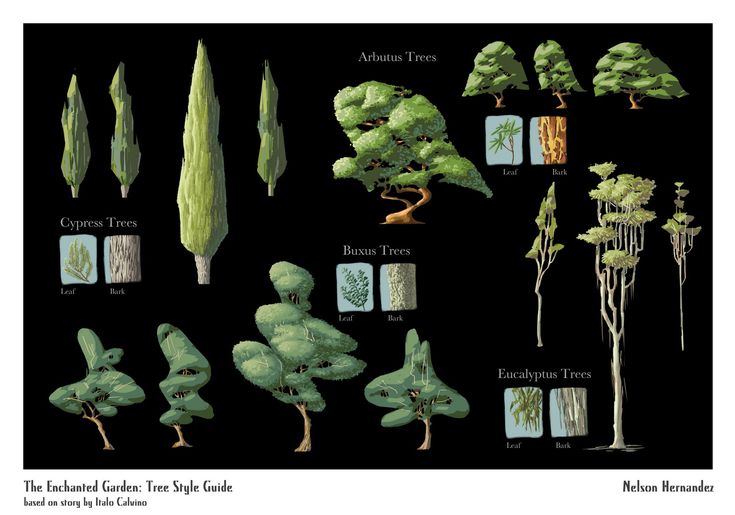 First you need to lay burlap around the tree. After cleaning, all this is burned and buried deep in the ground. The cleaned bark and soil under the tree are sprayed with iron sulphate. You can wash the trunk and branches with a soapy-ash solution. Half a kilogram of ash, one and a half kilograms of lime are diluted in a bucket of water and insisted for several days. After spraying, the trunks and large branches of trees are whitened. Lichens begin to turn red and fall off. nine0003
First you need to lay burlap around the tree. After cleaning, all this is burned and buried deep in the ground. The cleaned bark and soil under the tree are sprayed with iron sulphate. You can wash the trunk and branches with a soapy-ash solution. Half a kilogram of ash, one and a half kilograms of lime are diluted in a bucket of water and insisted for several days. After spraying, the trunks and large branches of trees are whitened. Lichens begin to turn red and fall off. nine0003
Prevention of bark diseases
In order to prevent various tree bark diseases, it is necessary to carry out regular preventive maintenance. It is as follows:
- The trunk and main branches are cleaned of old bark, which prevents the growth and thickening of the tree.
- Mosses and lichens are removed.
- Disinfection in progress. It is needed to destroy moss and lichen spores, pests and their larvae. Damaged tree bark is thoroughly washed with a soapy-ash solution. They also spray the crown, but the solution is diluted with water several times.
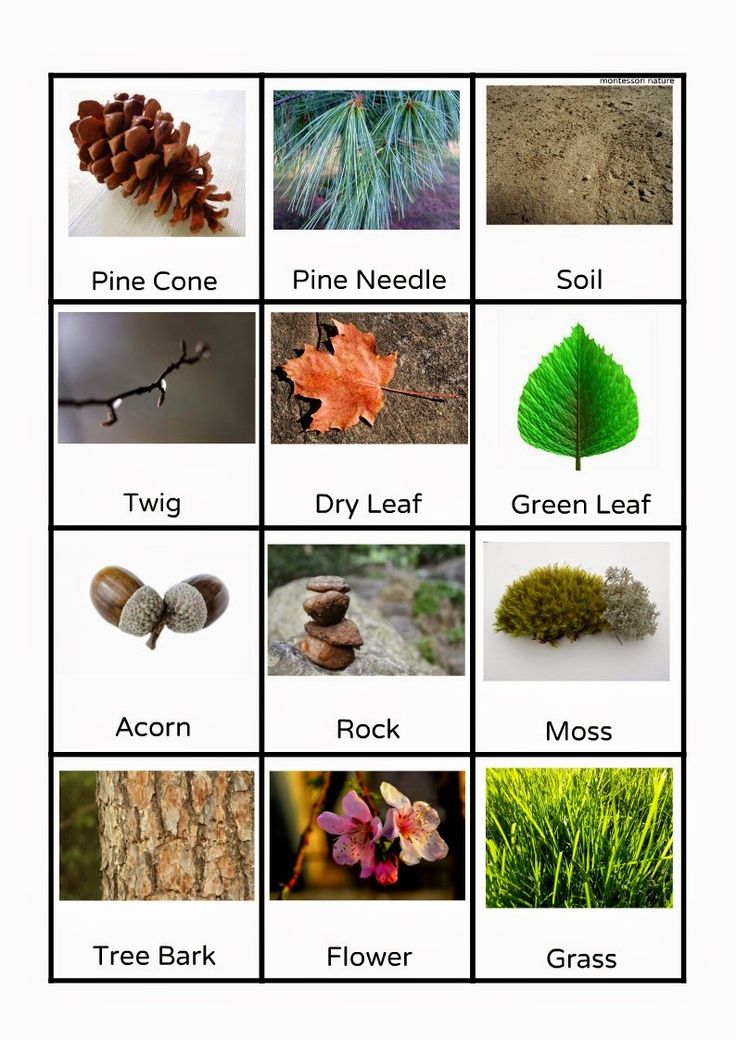 You can wash the barrel with copper sulphate by dissolving 100-200 g in a bucket of water. In its absence, iron sulfate is used. But it needs more per bucket of water, 600-800 g. Gardeners often use oxalic leaves for disinfection. To do this, on the bark, you need to remove all the growths to the very wood, level the wounds along the edges and rub with a sorrel leaf. They will quickly tighten with a new protective layer. nine0017
You can wash the barrel with copper sulphate by dissolving 100-200 g in a bucket of water. In its absence, iron sulfate is used. But it needs more per bucket of water, 600-800 g. Gardeners often use oxalic leaves for disinfection. To do this, on the bark, you need to remove all the growths to the very wood, level the wounds along the edges and rub with a sorrel leaf. They will quickly tighten with a new protective layer. nine0017 - Cracks after disinfection should be covered with pitch or a mixture of clay and lime. If nothing, just whiten.
Often hollows can be seen on the trunk and branches. They eventually lead to the death of trees due to developing infection. They definitely need to be sealed. To begin with, garbage is removed from the hollow, the bark and wood are cleaned from rot. Then disinfection is carried out with iron sulphate. After that, the hollow is sealed with pieces of cork or a mixture of lime with cement and sand. If the hollow is very large, it is clogged with stones, rubble, bricks and poured with cement mortar.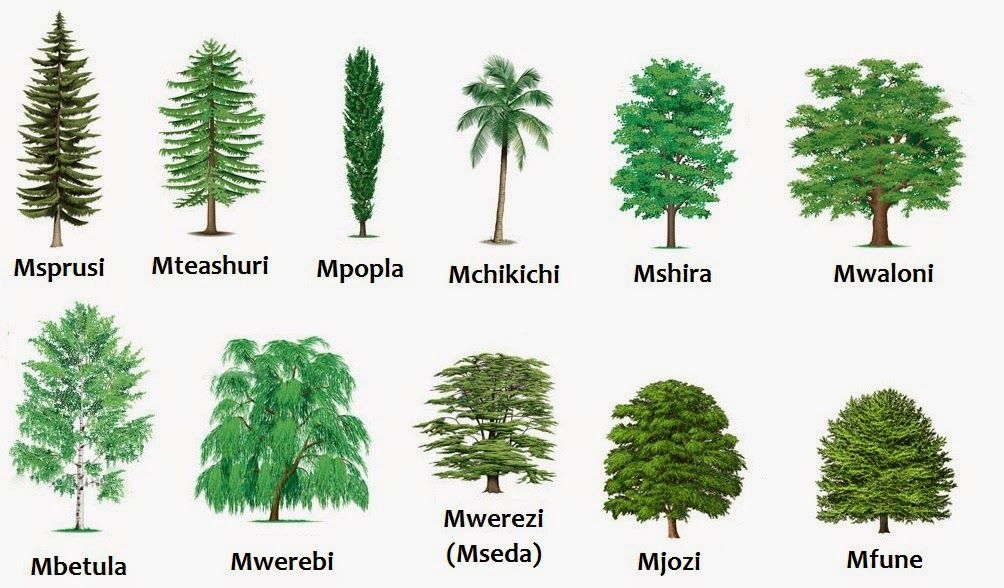 nine0003
nine0003
Thermal damage
Trees are exposed to extreme temperature changes during the growth process, when the bark is strongly heated by the sun during the day and cooled at night. This leads to the formation of frost holes, cracking and sunburn. Thermal damage is dangerous because it causes partial or complete death of the bark, which occurs due to blockage of the vessels through which nutrients move. This disease is called necrosis and is characterized by the sinking of the affected tissues. Frost crackers can be easily identified by the bark separated from the trunk, where pests and all kinds of fungi settle and breed. If frost holes are not identified and neutralized in time, hollows may form. nine0003
Diseases of the bark of trees can be caused by the sun's rays, when their direct contact leads to burns. This usually happens with the onset of spring, when the daytime air temperature becomes positive, and the night temperature becomes a big minus. There is a cooling of the internal and external parts of the tree.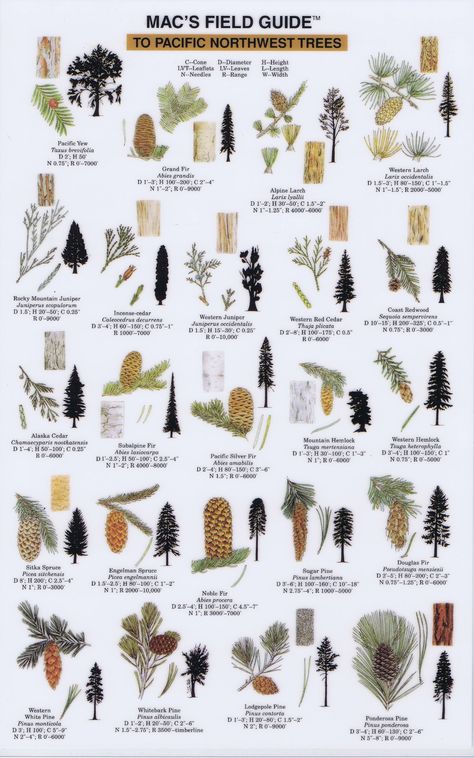 As they cool, they shrink. Moreover, the outer parts are faster than the inner ones. As a result of this, a rupture of the cortex occurs. To prevent it, the trunks and branches of trees are whitened and tied with burlap before the onset of winter cold. nine0003
As they cool, they shrink. Moreover, the outer parts are faster than the inner ones. As a result of this, a rupture of the cortex occurs. To prevent it, the trunks and branches of trees are whitened and tied with burlap before the onset of winter cold. nine0003
Prevention of thermal damage to the bark
- Water the tree regularly from spring until frost.
- Do not fertilize with nitrogen late in autumn.
- Whitewash trees twice a year. This will protect them from the formation of frost and sunburn. Whitewash smoothes out temperature fluctuations on the bark. The trunk, skeletal branches and their lower part are treated with a solution of lime. In order for the lime to stick better to the bark, you need to add 50 g of wood glue to a bucket of mortar. nine0017
Tree bark: structure and function |
Have you ever wondered what tree bark is? What does it consist of and why does it even exist? Let's figure it out together what is the structure of the tree bark and what functions it performs in the life of a tree.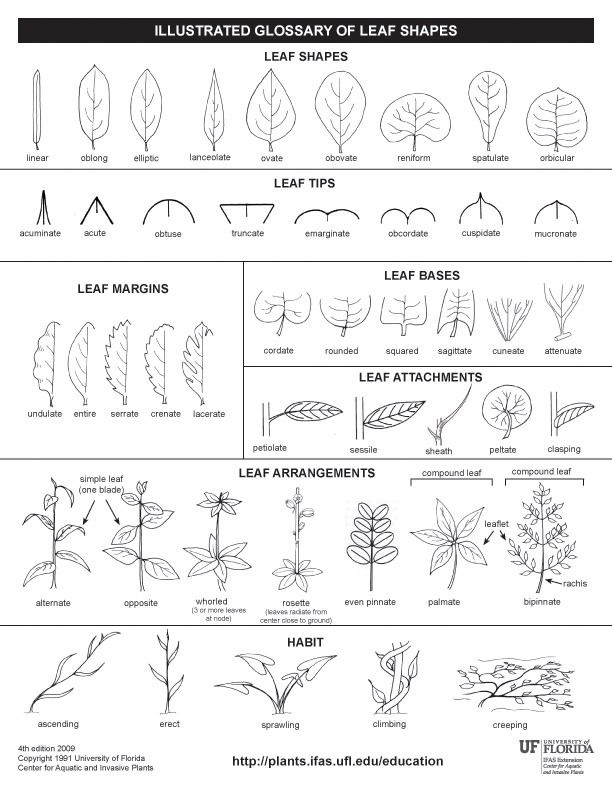
If you ask any person what tree bark is, he will most likely answer that this is the outer shell of the tree.
From a scientific point of view, things are a bit more complicated. nine0003
Tree bark is a collection of highly specialized cells and tissues that are located on the outside of woody plants. There is a bark, both on the stems of plants and on the roots.
The bark of tree occupies from 5 to 25% of the total volume of the plant. The quantity and quality of the bark is affected by the type of tree, age, growth conditions. For example, with age, the amount of bark on a tree decreases, and on trees that grow in places with difficult weather conditions (lack of moisture, high or vice versa low temperatures, increased sun activity), there is more bark on trees. nine0003
The bark on the plant does not appear immediately. In young individuals, the stem is covered with a special tissue - periderm, and only after five or more years does it age and turn into a bark.
Tree bark has a different appearance on plants of different species.
The following types of tree bark are distinguished by appearance:
- furrowed bark;
- fibrous bark;
- scaly bark;
- warty bark. nine0003
By location, there are the following types of tree bark:
- primary bark
- secondary bark
Structure of tree bark
Tree bark consists of several components:
- bast (phloem) - the inner layer of the bark or the primary bark. Performs conductive and storage functions. Along the bast fibers, nutrients move down the trunk from top to bottom and accumulate in parenchymal cells; nine0003
- bark - the outer part of the bark, protects the tree trunk from mechanical damage and pests. The crust is formed from the bast, which ages over time and ceases to perform its conductive functions, coarsens and turns into a crust. The cortex consists of dead cells, there is no physiological activity in it.
The cortex consists of dead cells, there is no physiological activity in it.
The layers of tree bark are constantly renewed, over time, the old bark is shed and replaced by a new one, this process occurs constantly throughout the life of the tree. nine0003
Bark functions
Like all living things on this planet tree bark performs a number of important functions that allow the plant to develop successfully.
Tree bark functions:
- transport function. The bark of a tree acts as a kind of channel for the movement of nutrients from the leaves, down the trunk, to the roots;
- cumulative function. Tree bark , in addition to transportation, is also capable of accumulating organic nutritional components in itself and storing them until the moment when they may be needed. For example, during a drought;
- protective function. The top layer of the tree bark is designed to protect the internal fibers from mechanical damage, rodents and insects, mold and fungi;
- mechanical function.